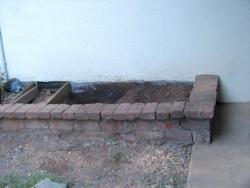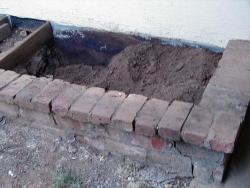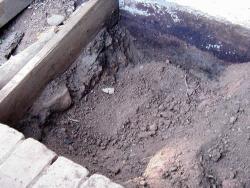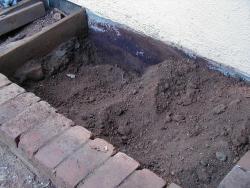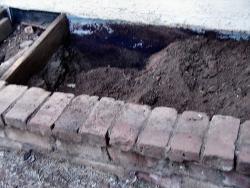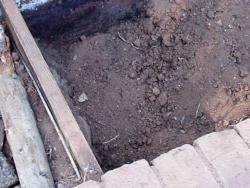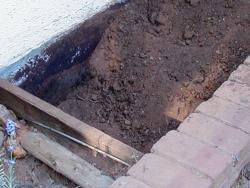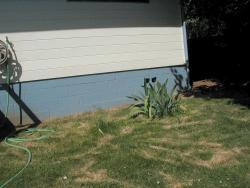@dyzzypyxxy, Elaine
We are kind of on the same page there. However the succulents I planted there in the past fried in the summer heat. The bed does stay dry if I don't water it except for the corner near the patio. When it rains up here, it rains HARD and the gutters overflow. That corner of the bed gets hit hard.
I have both perlite and gypsum on hand. I also have gravel ... larger than pea gravel and decomposed granite on hand. I purchased some Bumper Crop Soil Conditioner to add the organics. I can vary the amount of grit as I go across the bed with the amended soil.
I didn't have to worry about the drought in my part of California this year. We almost got our normal rainfall last winter. Even after the State's water grab, we had sufficient water for my part of the State. However, it does look like this winter will be another dry year.
@Weedwhacker, Sandy ... using containers is the approach I have been using, BUT it's been hard to keep the plants moist enough to keep them happy during the summer even with the containers lined with bubble wrap. Also, I have been using foam containers so that they don't suck up heat. Maybe I have been choosing the wrong plants.
@Frillylily ... No worms. I was going to throw some in when I find them while weeding under the river rock borders after I amended the soil. I do have some hardy hens and chicks that have outgrown their container, but as I said above, they do need more shade than I have provided in the past. I do have lots and lots of rocks.
@MargieNY ...An iris planted on the west end of the bed would provide some shade as suggested by
@greene. No, I hadn't planned on planting a rose in that bed. It would get the west heat during the summer months and the reflected heat from the wall. Not good. The mini-flora I rose planted in the part of the bed that goes around the corner of the house west of the air spacer gets good air circulation and is very heat tolerant. That part of the bed drains well.
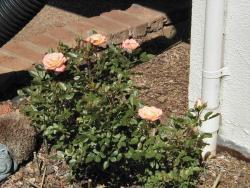
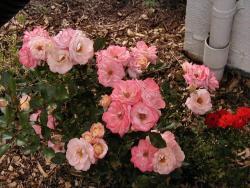
How much room would I have to leave for the iris ?
I also have a dwarf lavender that has outgrown it's container called 'Thumbelina". It's supposed to grow 12-15" tall x 18" wide.
http://www.monrovia.com/plant-...
Thank you all for coming up with possible solutions I can use. Last night I was feeling kind defeated.
Back to bed prep. Should I put a layer of gravel between the clay at the bottom of the bed and the amended soil. The bed may not drain well down there, but if I am not watering deeply, it may not get too wet. And, again, how deep should I dig down before I add the amended soil.
Smiles,
Lyn
